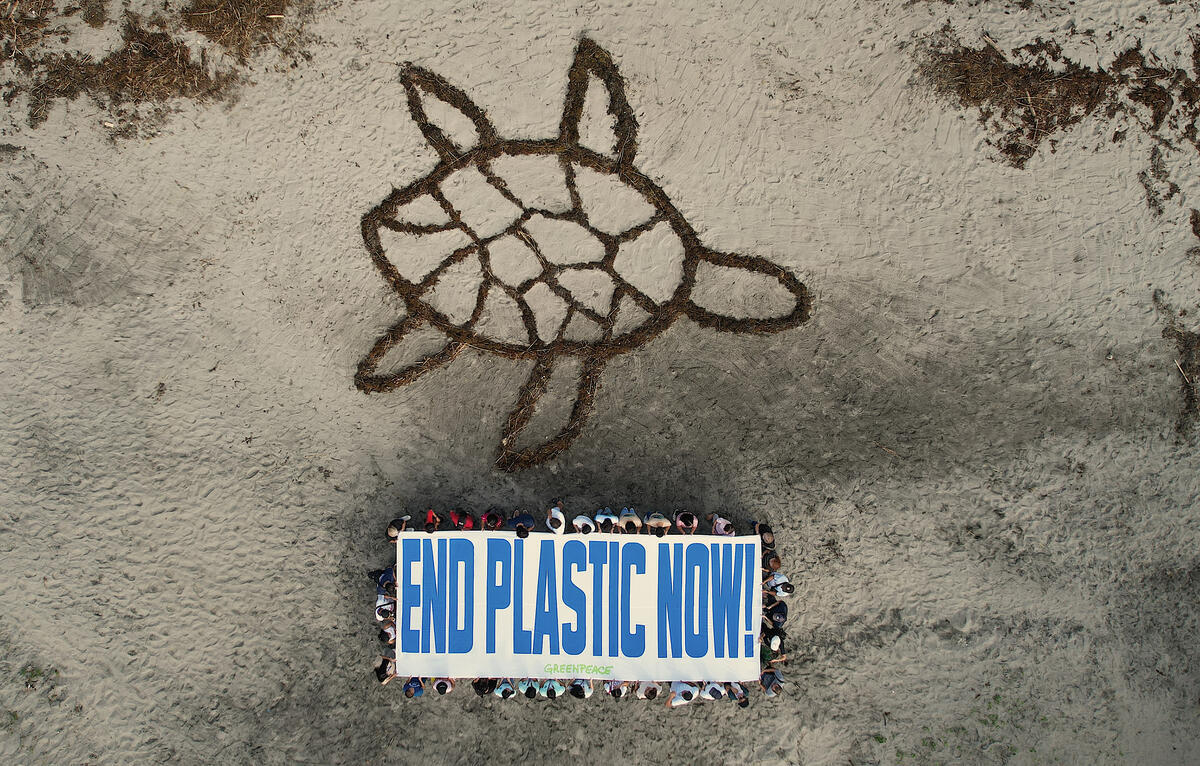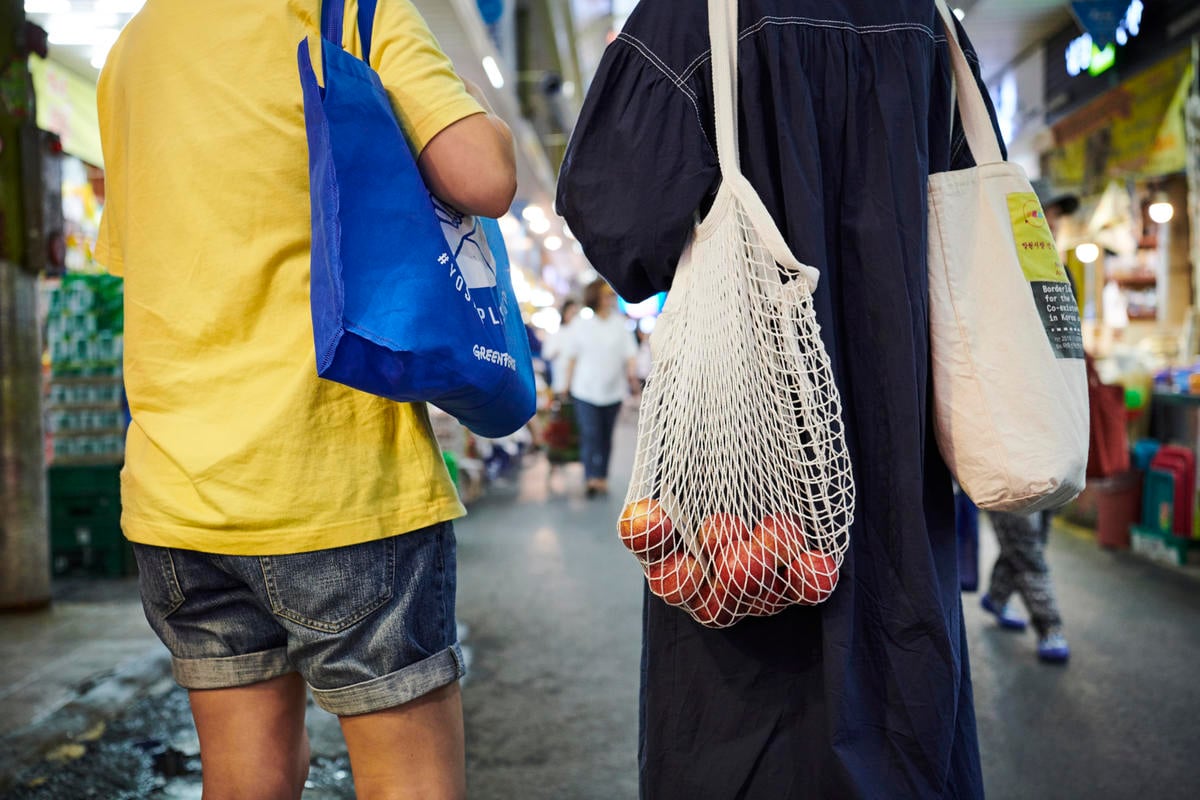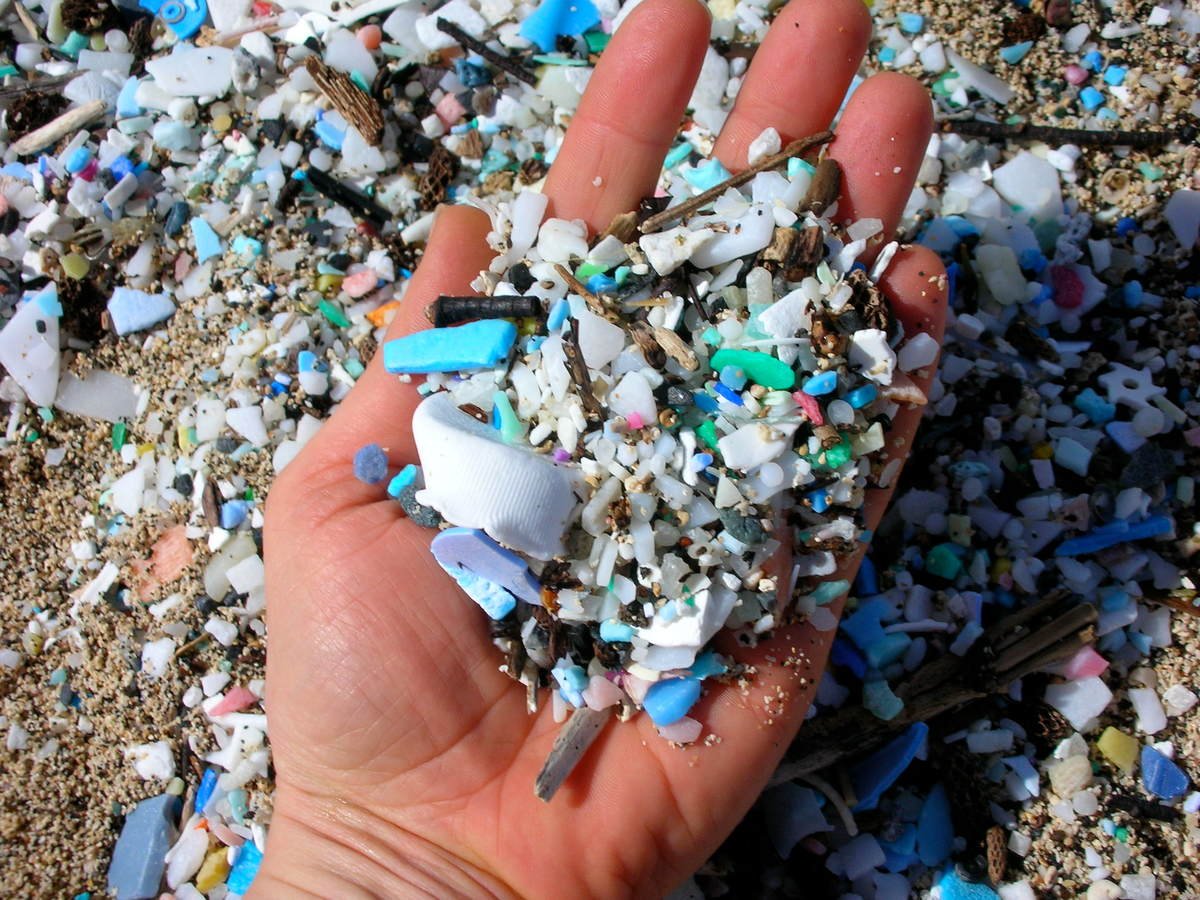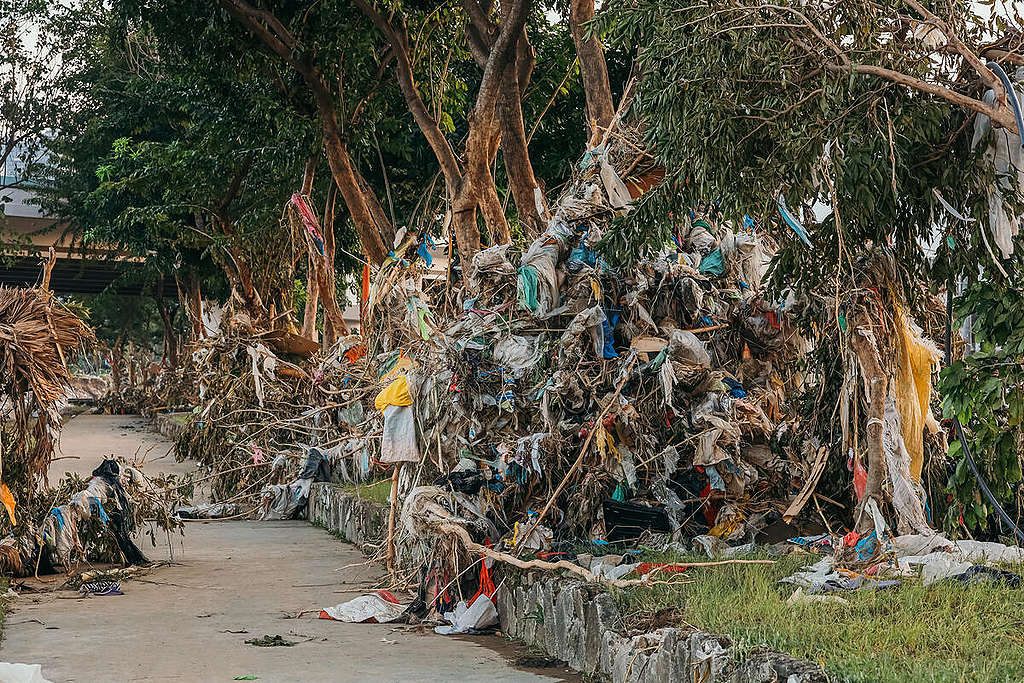
In the first part of the series, the plastic crisis is introduced. It highlighted the negative effects of too much single-use plastic to the health of people and the environment. As we looked for solutions, we ended up tracing the root cause of the problem to tackle it at the main source. From there, alternative delivery systems such as reuse and refill system were presented, as well as different business-to-consumer reuse models. Meanwhile, for this second part of the series, technical aspects of the reuse and refill system will be discussed. Likewise, the costs and benefits of it for the producers and consumers will be enumerated and analyzed.
The Costly Side: Understanding the cost of the reuse and refill model for producers & consumers
Due to the impact of plastic packaging on the environment, consumers have become more mindful and have been asking for less wasteful and more eco-friendly product options. However, shifting to an alternative way of production and distribution means that producers will have to bear the cost of coming up with a new business model—from developing new logistics and product design, to new production steps and communication strategies—in order to optimize the impact of the new system. Furthermore, not all distribution systems and supply chains are suitable for the usage of packaging systems. That is why producers must also do critical analysis in developing a sustainable package system[2]. More specifically, the alternative approach of refillable packaging must be designed to consider all the risks, barriers, and possible failures[3]. After production and when the reuse and refill system reaches the market, it will require additional space in stores and groceries. There are also hygiene requirements and the need for maintenance and cleaning of dispensers, which add to the cost of the producers and retailers[2].
On the other hand, for consumers, it will not be costly in terms of the price of products, but there is a needed effort from them in using this reuse and refill system. Due to limited understanding for some about distinguishing and rating the impacts of packaging concepts, it could also be hard on their part to make an informed choice[2]. This is why it is vital for consumers to research more and be informed about their consumption of goods and services.
The increased use of single-use plastics is always associated with convenience, which is why some people might find it inconvenient to adapt to the reuse and refill system. In a deposit-and-refund type of reuse system, consumers must return the packaging in good condition and a timely manner[2], which some consumers find bothersome. Also, the reuse and refill system requires consumers to bring their own containers, and with it, the risk of forgetting their bottles and containers when going to a reuse and refill shop[3].
In terms of product safety for food and cosmetics, some people might have worries about it. Still, a study by Coelho et al. (2020) proved that reusing packaging and its repeated washing does not significantly affect the packaging’s physical, chemical, and surface properties. However, there is a likelihood that the flavor will be carried to the packaging for products with a strong flavor[2].
During this health crisis, people also have worries when it comes to using reusables. Due to the fear of being infected with the COVID-19 virus, but, health experts, joined by Greenpeace and UPSTREAM, defended the safety of reusables during this pandemic and emphasized that disposable products are not inherently safer than reusables. They also added that reusable systems can be utilized safely during this crisis by employing basic hygiene[4].
The Bright Side: Analyzing the benefits brought by the alternative delivery system to producers and consumers
In a nutshell, shifting to reuse and refill systems will help businesses cut their costs, adapt to individual needs, optimize operations, build brand loyalty, improve user experience, and gather intelligence on user preferences and system performance[1]. The reusable packaging system’s overall costs can also be lower than that of single-use plastics. However, producers and distributors must still consider factors such as transport distances and logistics. This is because longer transport distance has the chance to make the reusable system more expensive, but will actually save costs if the logistics system of producers and distributors is well-organized. With this, the lower prices of refills and reusable systems have the potential of increased product customization, which will reach new consumers[2]. Besides savings in transport costs, another benefit of reusable and refillable packaging is that materials and energy can be saved[3]. Lastly, we live in an era where technology is widely utilized, and this is an opportunity for producers to use electronic tagging to monitor logistics and the flow of packaging[2]. This will bring down costs of packaging and distribution, and this would be advantageous for producers.
Besides saving in production and distribution costs, reuse and refill systems also serve as a marketing strategy for producers and retailers. The need to return the packaging to a store can increase customer loyalty to the seller, and brands in reusable packaging could attract consumers because these can be seen as a sign of sustainability[2].
Similar to the producers, consumers can likewise enjoy reduced costs from buying products in reuse and refill systems, and they have the chance to receive price incentives like discounts for reusing containers. There are also possibilities of increased variety and customization of products, the convenience of delivery and pickup, and reduced waste for the environment[2]. For some consumers, bringing their own bottles and containers to the shop can be inconvenient. The good news for them is that there are other reuse models which could work for them like refill at home, where users could refill their reusable container at home through a subscription service and return from home where reusable packaging is picked up from home by a collection service[1]. Lastly, some reuse models allow consumers to personalize their purchase through customization, like mixing flavors, choosing a desired quantity, or personalizing the packaging[5].
This alternative delivery system does not only benefit both the producers and consumers; it also helps the welfare of the environment, society, and economy. A report by GAIA found that zero waste solutions including reuse have the potential to create jobs while scoring highest on environmental benefits[6].
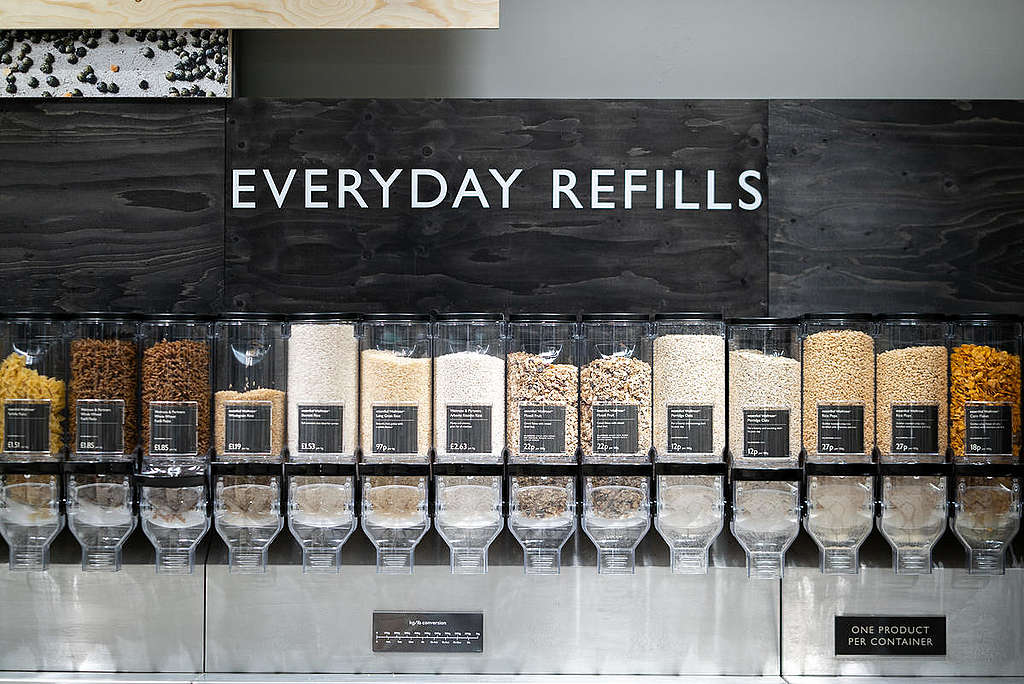
With the plastic crisis currently harming the environment, it is vital to take actions now and shift to reuse and refill methods of producing and consuming products that solve the problem’s root cause. It may seem costly at first, but its long-term benefits outweigh the costs. Companies on the other hand, should stop shifting the responsibility to consumers and propagating false solutions. Instead, they should focus on real solutions.
It is also crucial to supply the growing demand for more sustainable, eco-friendly products. We must heed this trend not only for us but also for the ecosystem. All creations coexist in this world and human beings were created to be stewards of nature, so we must take care of it.
Stay tuned for the final part of the series to know more about the stories of reuse and refill stores in the Philippines.

About the author:
Vien Blanch Gaton is a fourth year student under the Business Economics major from the University of Santo Tomas. She is also currently an intern from the Plastics Campaign team.
Notes to editors:
[1] Ellen MacArthur Foundation. 2020. “Upstream Innovation: A Guide to Packaging Solutions.” Plastics.Ellenmacarthurfoundation.Org. https://plastics.ellenmacarthurfoundation.org/upstream#resources
[2] Coelho, Patricia Megale, Blanca Corona, Roland ten Klooster, and Ernst Worrell. 2020. “Sustainability of Reusable Packaging–Current Situation and Trends – ScienceDirect.” ScienceDirect, April. https://doi.org/https://doi.org/10.1016/j.rcrx.2020.100037
[3] Kiernan, Steven. 2007. “Refill and Reuse to Reduce Costs.” Packaging News. September 1, 2007. https://www.packagingnews.co.uk/news/environment/refill-and-reuse-to-reduce-costs-01-09-2007
[4] Greenpeace International. 2020. “Over 125 Health Experts Defend Safety of Reusables during COVID-19 Pandemic – Greenpeace International.” Greenpeace International. June 22, 2020. https://www.greenpeace.org/international/press-release/43730/reusables-safety-covid-19-health-experts-statement/
[5] Ingilizian, Zara, Sara Wingstrand, and Annette Lendal. 2019. “Reusable Packaging: 6 Benefits beyond Sustainability | World Economic Forum.” World Economic Forum. July 29, 2019. https://www.weforum.org/agenda/2019/07/reusable-plastic-packaging/
[6] Ribeiro-Broomhead, John, and Neil Tangri. 2021. “ZeroWaste and Economic Recovery: The Job Creation Potential of Zero Waste Solutions.” Global Alliance for Incinerator Alternatives. https://doi.org/http://www.doi.org/10.46556/GFWE6885

